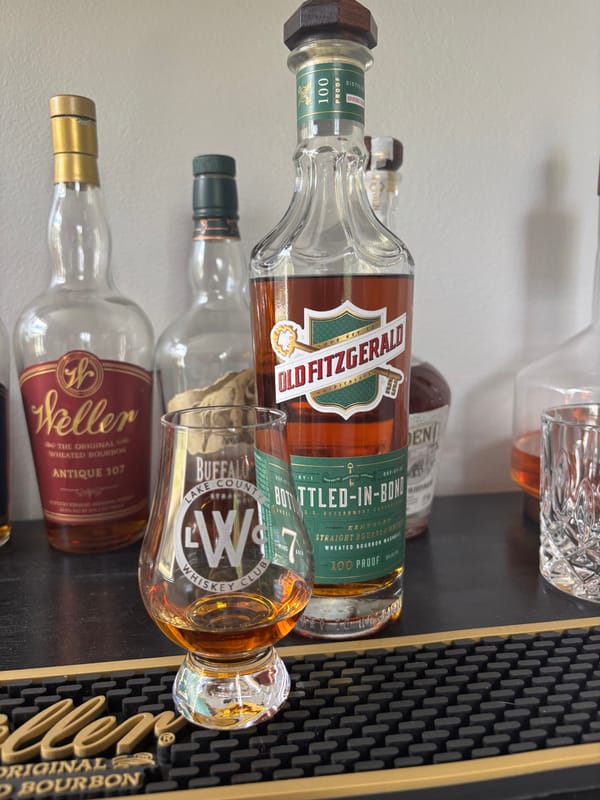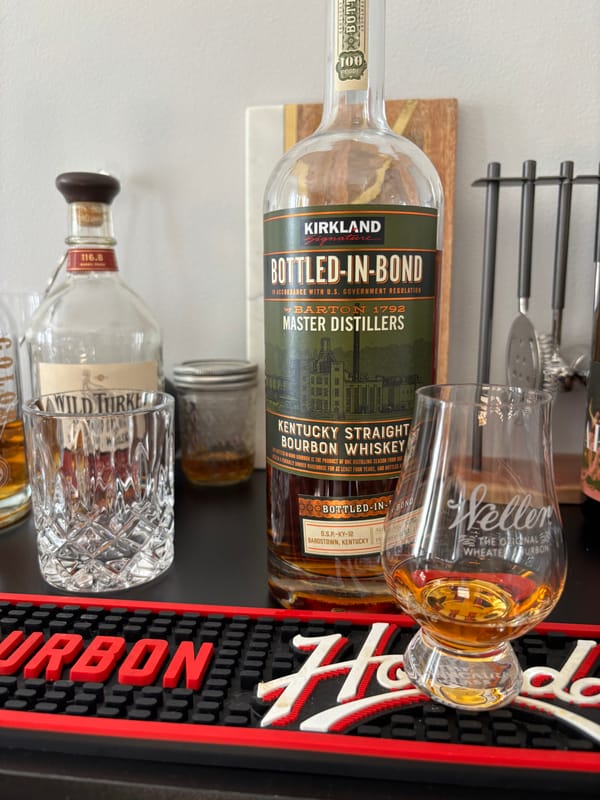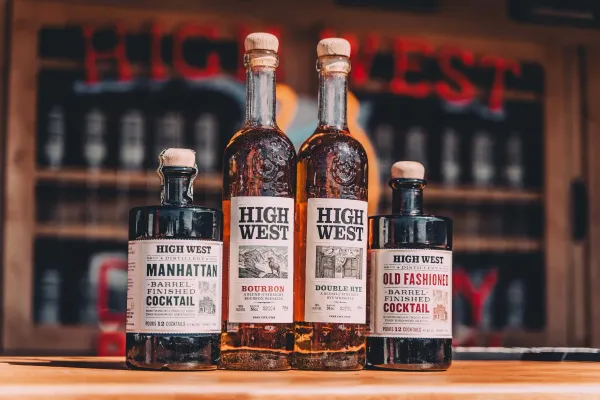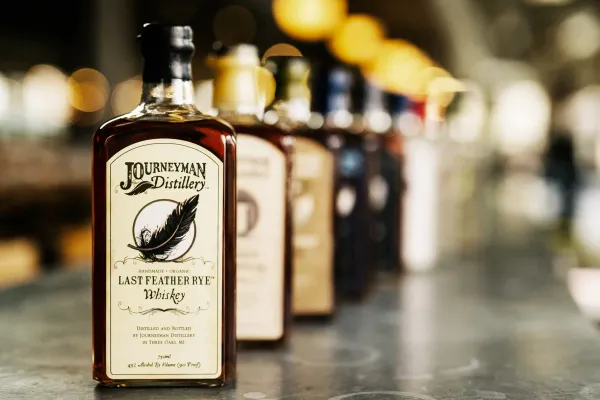Whiskey ABV Limits Unlocked: The Strength Cap You’ll Wish You’d Known Sooner

ABV Limits: The Whiskey Power You Can’t Dodge
ABV—alcohol by volume—is whiskey’s strength meter, and if you don’t know its legal limits, you’re missing the reins on every pour. It’s not random—it’s law. Here’s the ironclad truth about whiskey ABV limits, straight from U.S. rules, and why it’s your 2025 must-understand.
What Are Whiskey’s ABV Limits?
U.S. law sets whiskey’s ABV boundaries—bourbon, rye, wheat (51% grain minimum) distill to 80% ABV (160 proof) max, barrel at 62.5% ABV (125 proof) max, and bottle at 40% ABV (80 proof) minimum, aged in new charred oak. Proof’s just ABV doubled—every limit’s a legal guardrail keeping whiskey true.
How ABV Limits Shape Whiskey
Mash ferments to 8-10% ABV over three to five days, then distillation hits 80% ABV max—higher erases grain flavor. Water cuts it to 62.5% ABV for barreling, and aging—two years or more—shifts it as evaporation plays out. Bottling adjusts to 40% ABV or higher—or skips it for cask strength—the law locks every step.
What ABV Limits Mean for Your Glass
At 40% ABV (80 proof), whiskey is approachable—corn’s sweetness or rye’s spice flows easily. At 50% ABV (100 proof), it’s punchier—flavors sharpen. Cask strength—50-70% ABV (100-140 proof)—hits raw and rich—every ABV level’s a legal truth, dialing taste from mild to mighty.
Why ABV Limits Matter in 2025
ABV limits are whiskey’s strength spine—by 2025, grasping them could tune your sip to perfection, from gentle to fierce. It’s the law behind the power—don’t miss its mark. Want to taste ABV’s range? Check out NEAT: Whiskey Finder—it’ll help you track down bourbon and whiskey near you.





